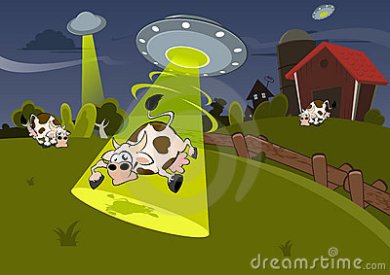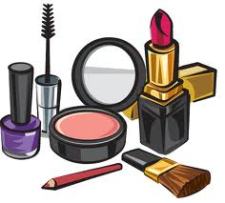 Right about now mothers all over the USA are fretting about the likely price hike and shortage of milk in the near future due to the current drought. The International Dairy Federation estimates the average American consumes about 23 gallons of liquid milk per year, and that does not include the abundance of products that contain milk.
Right about now mothers all over the USA are fretting about the likely price hike and shortage of milk in the near future due to the current drought. The International Dairy Federation estimates the average American consumes about 23 gallons of liquid milk per year, and that does not include the abundance of products that contain milk.
The average cow drinks about 50 gallons of water a day and produces about 6 gallons of milk. But what about all the water needed to produce the 100 pounds of feed a cow eats each day, not to mention water used for sanitation and procession of milk and milk products? In all, it takes a whopping 2,000 gallons of water to produce just one gallon of milk. Does that sound like a great return on investment to you?
Rather than being paralyzed by the impending milk Apocalypse, now is a great opportunity to break dependence on milk consumption. But wait, the TV says “milk does a body good” so it must be true, right? That message is brought to you by Madison Avenue, the same people who told you cigarettes were not only not dangerous, but that they were actually good for you and that doctors recommended smoking! For generations people bought that crap hook, line and sinker and for generations we have paid the price both financially and in human suffering.
If you are “lactose intolerant”, congratulations; you are actually normal. Yup, no animal was designed to drink another animal’s milk nor drink milk beyond infancy when babies loose their “baby teeth”, and humans are no exception.
Unless you’ve been living under a rock or still believe the world is flat, you know most milk does not come from picturesque farms where happy cows graze lazily on lush hillsides, but from inhumane, filthy, factory farms were abused, stressed, and often diseased animals are pumped full antibiotics and synthetic hormones; not to mention a whole host of pollutants from pesticides to diesel fuel. Yum-yum! You, in turn, are feeding this to your precious babies. Dairy product consumption has been linked to numerous illnesses and diseases such as diabetes, breast cancer, prostate cancer, heart disease, various allergies and Crohn’s disease.
So what do you do about it?
Back in the 1970’s when there was a milk shortage, we poured cold water over our cereal or just ate it right out of the box; it wasn’t a big deal. Today great milk alternatives like rice, soy, and almond, are chock full of nutrition with out the harmful chemicals. The protein and calcium that you get from milk you can easily get from other sources. Click on this link for a handy nutrition chart of great alternatives.
With no shortage of online recipe sites, it’s never been easier to incorporate good nutrition into your daily meals. Children imitate their parents so you will have to set the example by eating your vegetables, but you’re all big boys and girls now so I have no doubt you can handle it. You’re going to do great!



